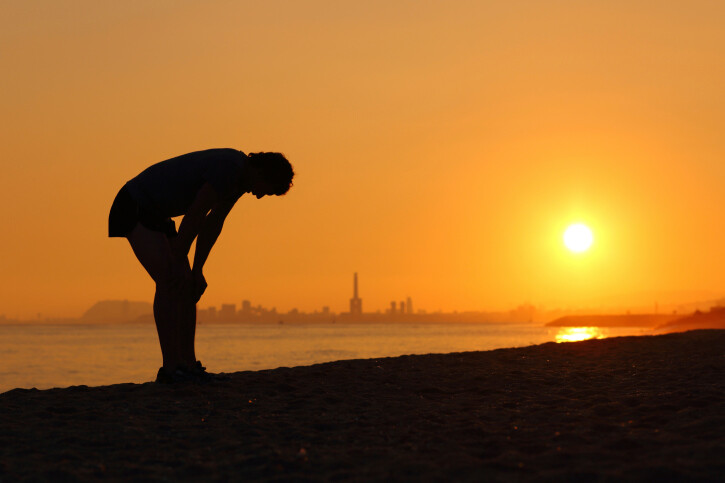Running News Daily
Running News Daily is edited by Bob Anderson. Send your news items to bob@mybestruns.com Advertising opportunities available. Train the Kenyan Way at KATA Kenya and Portugal owned and operated by Bob Anderson. Be sure to catch our movie A Long Run the movie KATA Running Camps and KATA Potato Farms - 31 now open in Kenya! https://kata.ke/
Index to Daily Posts · Sign Up For Updates · Run The World Feed
How sore should you be after a run?
Most of us have experienced tender or stiff muscles after a hard workout, especially after adding new or challenging training. Where muscle soreness is concerned, how much is too much, and when do we need to scale back our training and opt for rest? We checked in with British sports science consultant Jo Clubb.
Runners are notorious for pushing through suffering in their training. Is soreness that eases off during a run OK?
Yes. DOMS or Delayed Onset Muscle Soreness (caused by microscopic damage to muscle fibres as a result of training) is a natural part of the training process and a signal to the body that it needs to adapt and get stronger. DOMS generally occurs one to three days after training. Depending on your training program and your body’s response, you may still be sore on your next run, but exercising (particularly with a thorough warmup) may help to alleviate some of this soreness.

Should a person always feel sore after a hard workout?
If you’re never experienced DOMS in your training, perhaps you’re not training hard enough! It is equally important that you’re not just constantly exercising through soreness. We are always seeking the optimal balance between training and recovery. Without recovery, the body will not adapt, performance will plateau or worsen, and the risk of injury and illness increase. While it might not feel like it, rest days are sometimes the best thing you can do for your running.

Where should runners draw the line on soreness?
If soreness is affecting performance or causing extreme discomfort, the body is trying to communicate that it needs more rest. Poor sleep, getting sick often, irritability and bad moods, plateauing progress and lack of motivation can all be signs of overreaching or overtraining.
Many runners use RPE (Rating of Perceived Exertion) to get a subjective measure of your training load. Pair this with your own ratings of sleep, fatigue, mood and muscle soreness to see how your body is responding. Even with elite athletes, sports scientists use subjective measures to gauge how the athlete is responding to the program.
When should a runner be concerned about what they’re feeling?
A feeling of pain (rather than soreness) can be a red flag, and time to consider consulting a medical practitioner. Think of soreness as more of a tender, dull ache that you feel within a whole muscle group, and pain as a sharper, more specific sensation.
Pain is normally the nervous system trying to protect the body from something that is amiss. Pay attention to general soreness not subsiding after three or so days as well as swelling, bruising, wounds or difficulty putting weight on an area.
If you do have an injury, don’t panic–it’s not necessarily the end of training. When elite athletes are undergoing rehabilitation, we embrace it as an opportunity to work on other areas of their physical capacity (while prioritizing and protecting the injury first and foremost).
by Keeley Milne
Login to leave a comment




